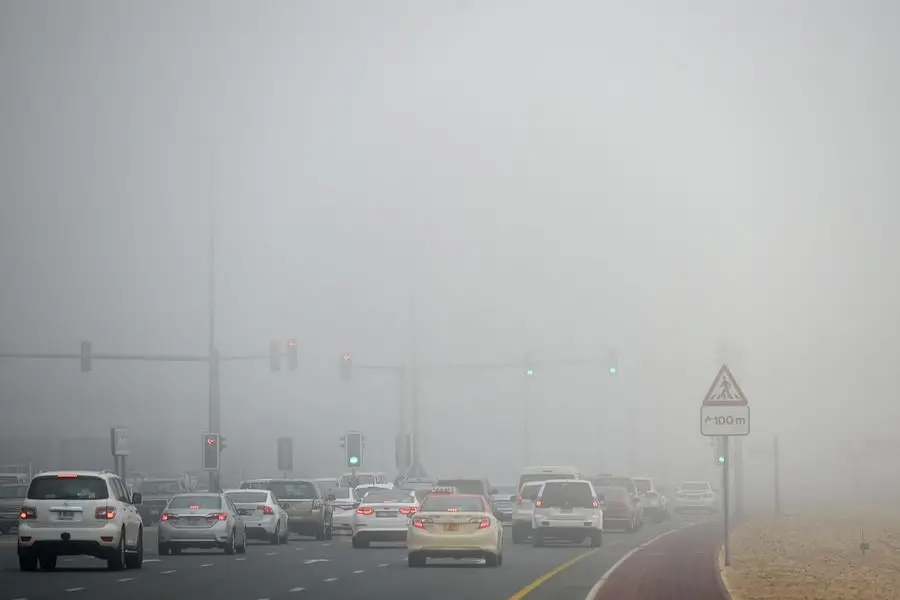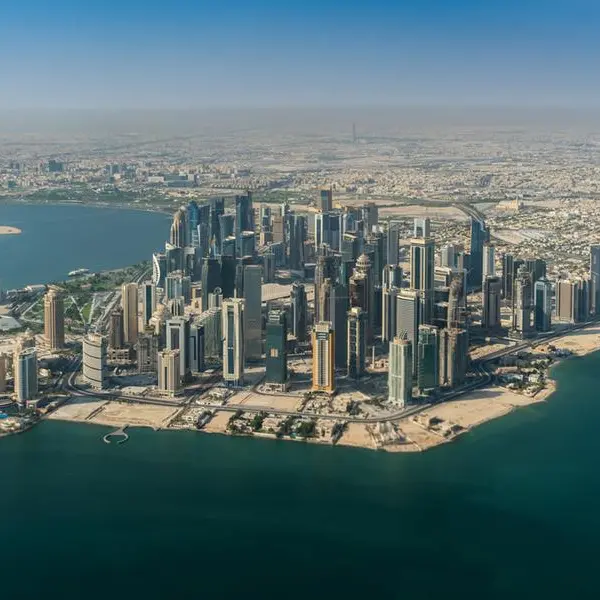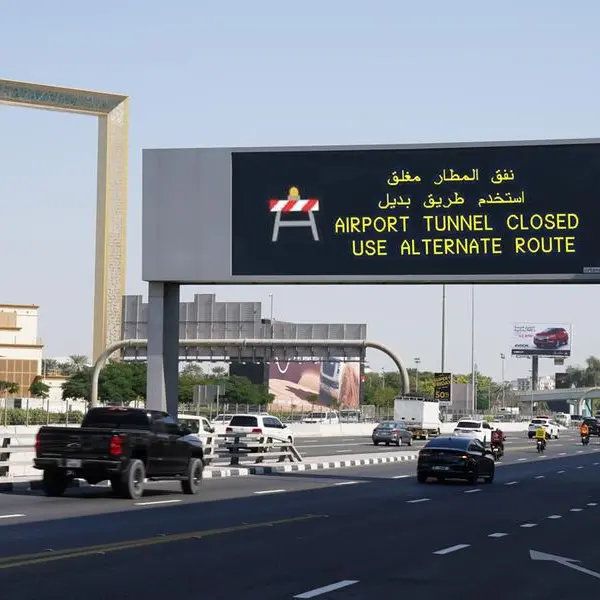PHOTO
Residents have been waking up to a country enveloped in a haze of dust for two days, severely lowing visibility, causing disruptions to flight operations and leading to slow moving traffic
Officials at the National Centre of Meteorology (NCM) explained to Khaleej Times that what the UAE witnessed was neither a dust storm nor a sandstorm.
"What happened in the UAE is not a dust or sandstorm. At NCM we don't call this a storm. This is dust suspension," says Dr Ahmed Habib from the NCM.
So, what happened in the UAE?
Dr Habib says, "This dust suspension comes from the South and South-east of the country. There is low pressure in the South associated with fresh and strong winds in the South-east of the UAE…between the UAE and Oman. So, a sandstorm has occurred there, not here."
"The wind direction blew the sand to our country over the UAE leading to a loss in visibility. But there is no fresh wind here. The dusty air mass from their area moved to our area. So, here we actually didn't witness the occurrence of either dust or sandstorm."
What is the difference between dust and sandstorm?
Both are different phenomena, though both are made up of soil particles. Sandstorms mainly constitute sand particles with a local impact, as gravity does not allow sand particles to be displaced a great distance.
But dust particles are different since they are made up of silt and clay, which form natural colloidal and nanoparticles. The dust particles' impact can apparently spread far wider, sometimes even across continents.
Dr Habib highlights another key difference: "Wind speed in sandstorm is less than the wind speed in dust storm. Therefore, dust storm has accelerated wind speed."
Shedding light on the varying low visibilities that the country experienced, he adds, "Some areas in the North had a visibility less than 100 or 200m. One weather station recorded a visibility of about 400 metres, and another station in the south-east of the UAE recorded a visibility of 100m."
How is the visibility calculated in the country?
Dr Habib explains, "There are two kinds of weather stations in the UAE. One is a human weather station and the other one is an automated weather station (AWS)."
"AWS uses special instruments to measure the surface weather observations and calculations are done accordingly. Conversely, we have human observers. They for example will stand at the station (point A) and observe a standing object (point B) that is posted at a specific distance from the station, knowing exactly the distance from point A to point B. If that object or tower is visible or not visible depending on the situation, the visibility is then calibrated in the traditional way by a human."
How long is the UAE likely to experience this weather?
Dr Habib says the dust particles in the upper air are already settling down.
"Dust suspension coming from South of the UAE has stayed over our area for quite some time. But now it is gradually settling down. From Monday (this) afternoon this will relatively get better. Then again after Wednesday, low pressure is expected in the south of the UAE and this kind of weather is anticipated again towards the end of week, in the southern and the eastern parts of the country."





















